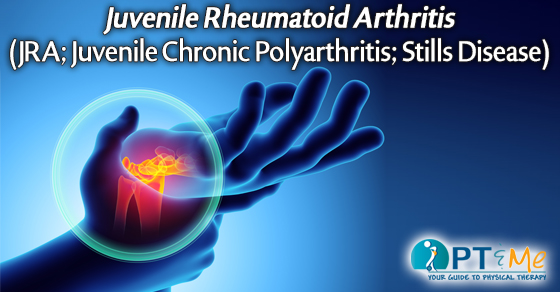

No patient has had severe joint disability, but 12 of 46 have had iridocyclitis and ten have suffered some degree of permanent visual damage. Nine of 46 patients had antinuclear antibodies. Large joints were chiefly affected (knees, ankles, elbows) small hand joints were spared. Persistent pauciarticular disease, characterized by arthritis limited to five or fewer joints, occurred in 46 of 124 patients (37%), predominantly girls (34 girls, 12 boys). Ten patients had antinuclear antibodies six had positive latex agglutination tests for rheumatoid factor. Multiple joints were involved, characteristically including small hand joints. Polyarticular disease unassociated with prominent systemic disease occurred in 46 of 124 patients (37%), predominantly girls (38 girls, eight boys). Systemic symptoms alone were not a cause of permanent morbidity, but eight of 32 patients have incurred severe joint disability. No patient had iridocyclitis or positive tests for antinuclear antibodies or rheumatoid factor. More boys (18) than girls (14) were affected. All patients also had polyarthritis, generally beginning during the first six months of disease. Systemic disease, characterized by high intermittent fevers and rheumatoid rash as well as other systemic manifestations, occurred in 32 of 124 patients (26%).

In following 124 children with JRA at a children's arthritis clinic (mean disease duration, 7.5 years), it was apparent that there were three distinct subgroups of disease distinguished by their clinical manifestations, prognosis for joint disability, types of extra-articular complications, and serologic findings. Juvenile rheumatoid arthritis (JRA) is a disease of varying clinical manifestations, although all patients share the common property of arthritis.


 0 kommentar(er)
0 kommentar(er)
